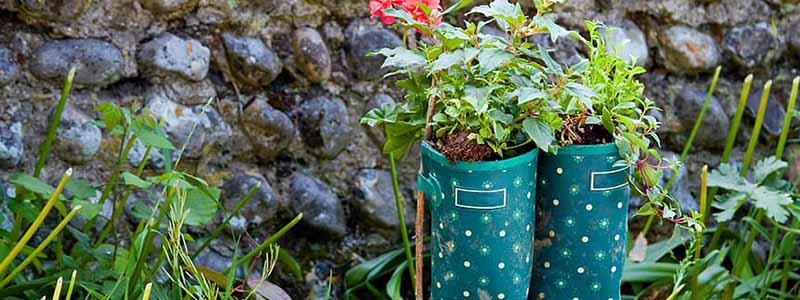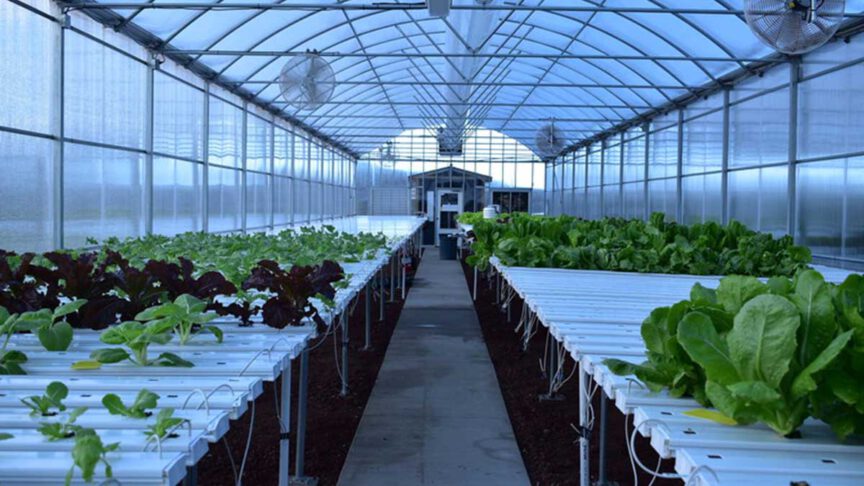Indoor and Outdoor Hydroponics both involve growing plants in nutrient based solutions instead of soil. This practice is popularly known to be an indoor practice but can also be taken outside. Which is more preferable?
In this article, you’ll get to understand how each system works and the most suitable system for you. See this link if you want to learn more about Hydroponics and it’s Advantages to growing in soil.
When should you use your Outdoor Hydroponics?
If you need to cut costs on electricity and water supply, then you should consider practicing outdoor hydroponics. Rainwater and Sunlight are readily available outdoors, and you can utilize them at no cost in growing your hydroponics garden.
With indoor hydroponics, there is limited space available for growing large plants. If you need to expand your growing space and raise plants without overcrowding them, you have to move your hydroponics garden outside. Outdoor hydroponics is a great option in areas where there is water shortage and electricity supply is inconsistent.
Advantages of Outdoor Hydroponics
With outdoor hydroponics, you will get to worry less about providing your plants with water and light because rainfall and sunshine are readily available for your plants.
You do not need to worry about ventilation outdoors as nature takes care of that. Sunlight is sufficient in energy in the red and blue regions of the light spectrum unlike in the Artificial lighting available in indoor hydroponics.
Also, you don’t need to stress about pollination as pollinators will naturally locate your flowers.

Disadvantages of Outdoor Hydroponics
When you relocate your hydroponic garden outside, you will need to pay more attention to regulating your hydroponics system.
When the sunlight intensity is excessive, you may suffer property damages if the equipment used to set up your hydroponic garden is not protected against UV Rays.
Excessive sunlight, which occurs frequently in some areas, will disrupt the optimal temperature required in your reservoir. Excessive rainfall will dilute the concentration of your reservoir and affect the concentration of your nutrient solution.
These imbalances in rainfall and sunlight available to your plants may affect your plants’ yields. Heavy winds could also destabilize your garden if your setup is not firm enough. Even though this method welcomes natural pollination, it equally exposes your plants to pests.
Advantages of Indoor Hydroponics
Indoor hydroponics saves you from consequences of excess sunlight and rainfall. You can easily regulate the temperature of your garden indoors.
Water consumption is regulated by regulating temperature. When the temperature is moderate, your plants do not demand more than the stipulated volume of water for survival.
Indoor hydroponics efficiently uses resources to produce the best yields. Your plants are also protected from pests and diseases indoor since there is no external pollination.
Disadvantages of Indoor Hydroponics
Indoor hydroponics demands constant attention. You need to ensure there is adequate lighting available for your plants by fixing an artificial lighting system. Ventilation has to be regulated to ensure sufficiency of carbon dioxide. You may incur an increase in expenditure by getting equipment to regulate the temperature, humidity and carbon dioxide available to your plants indoors.

